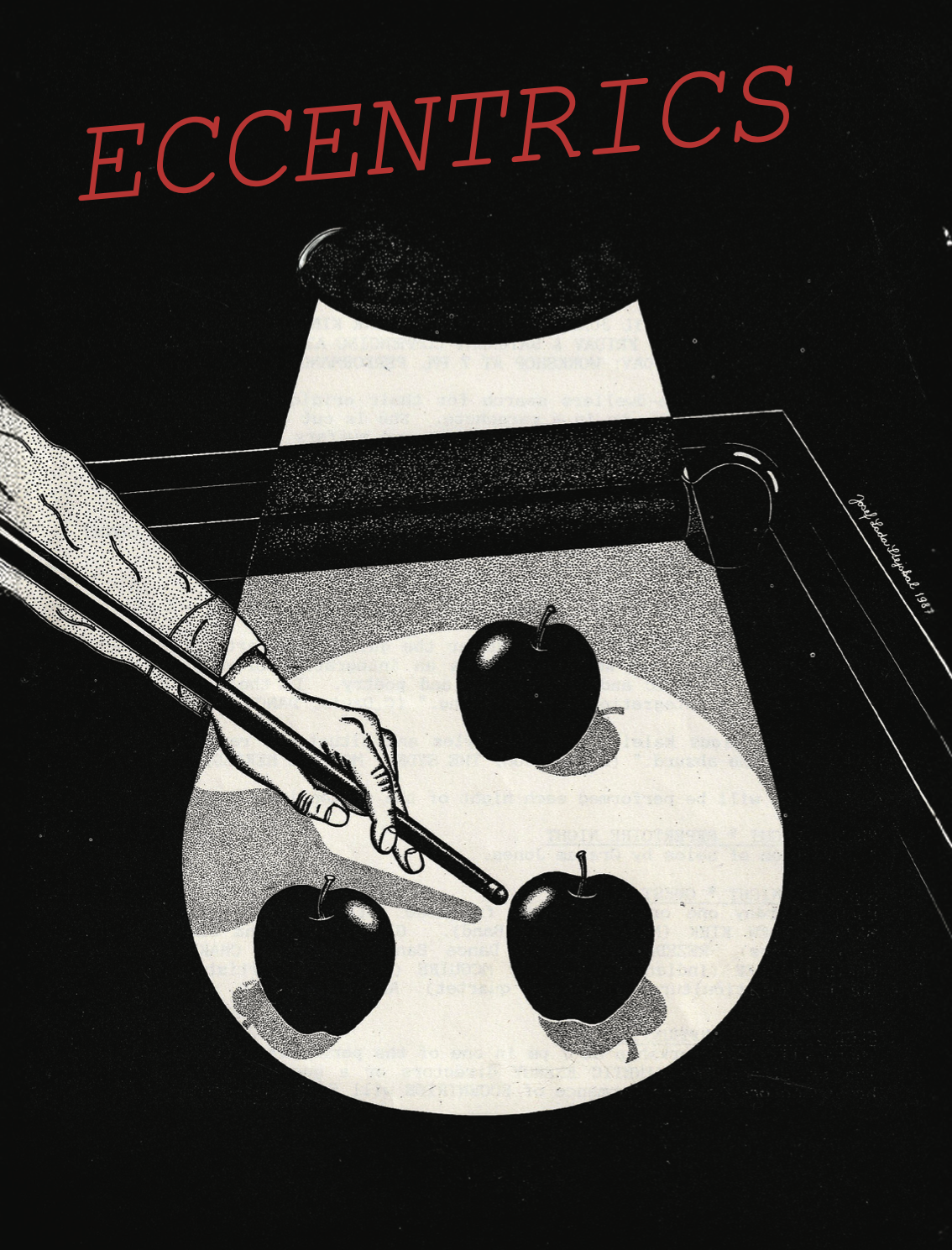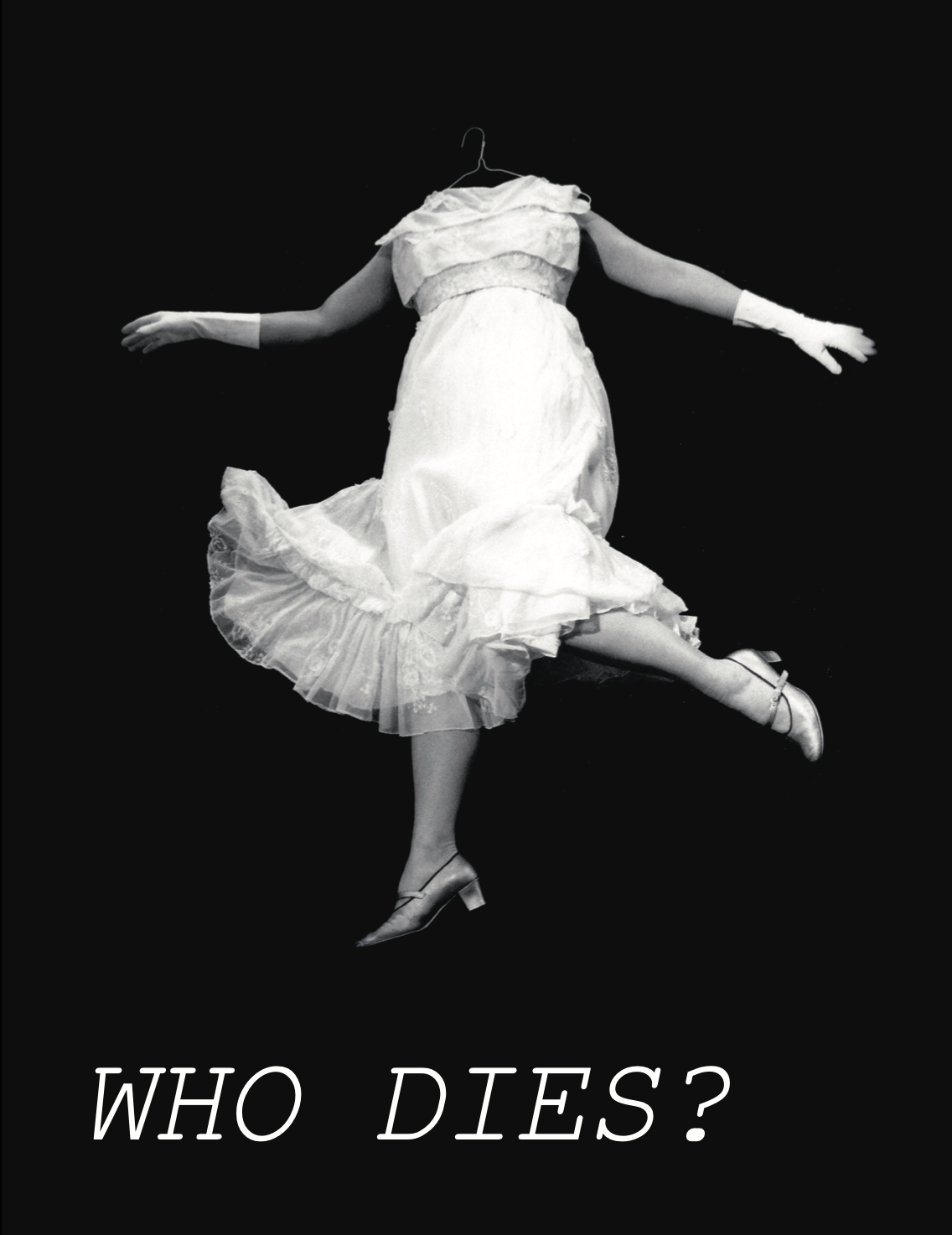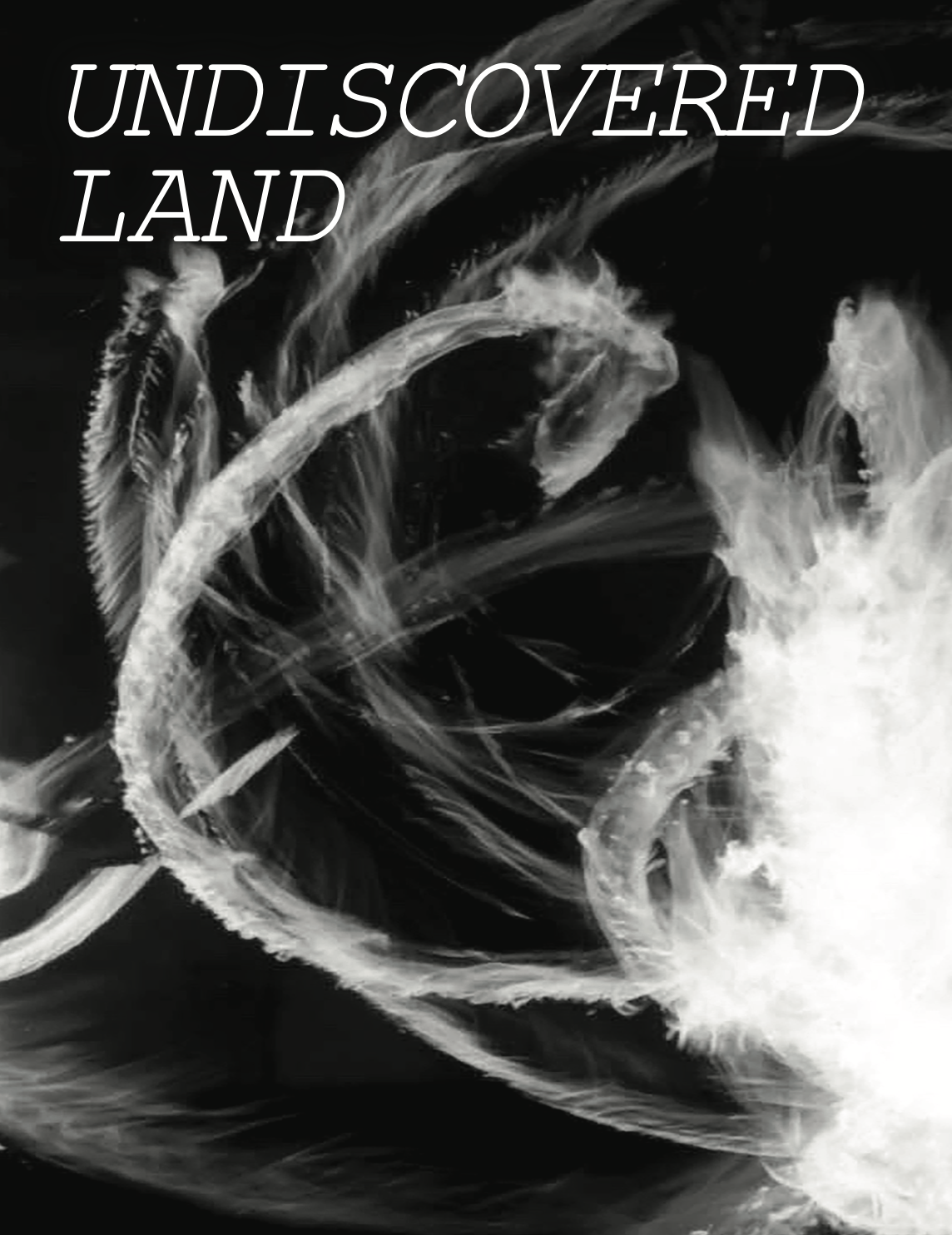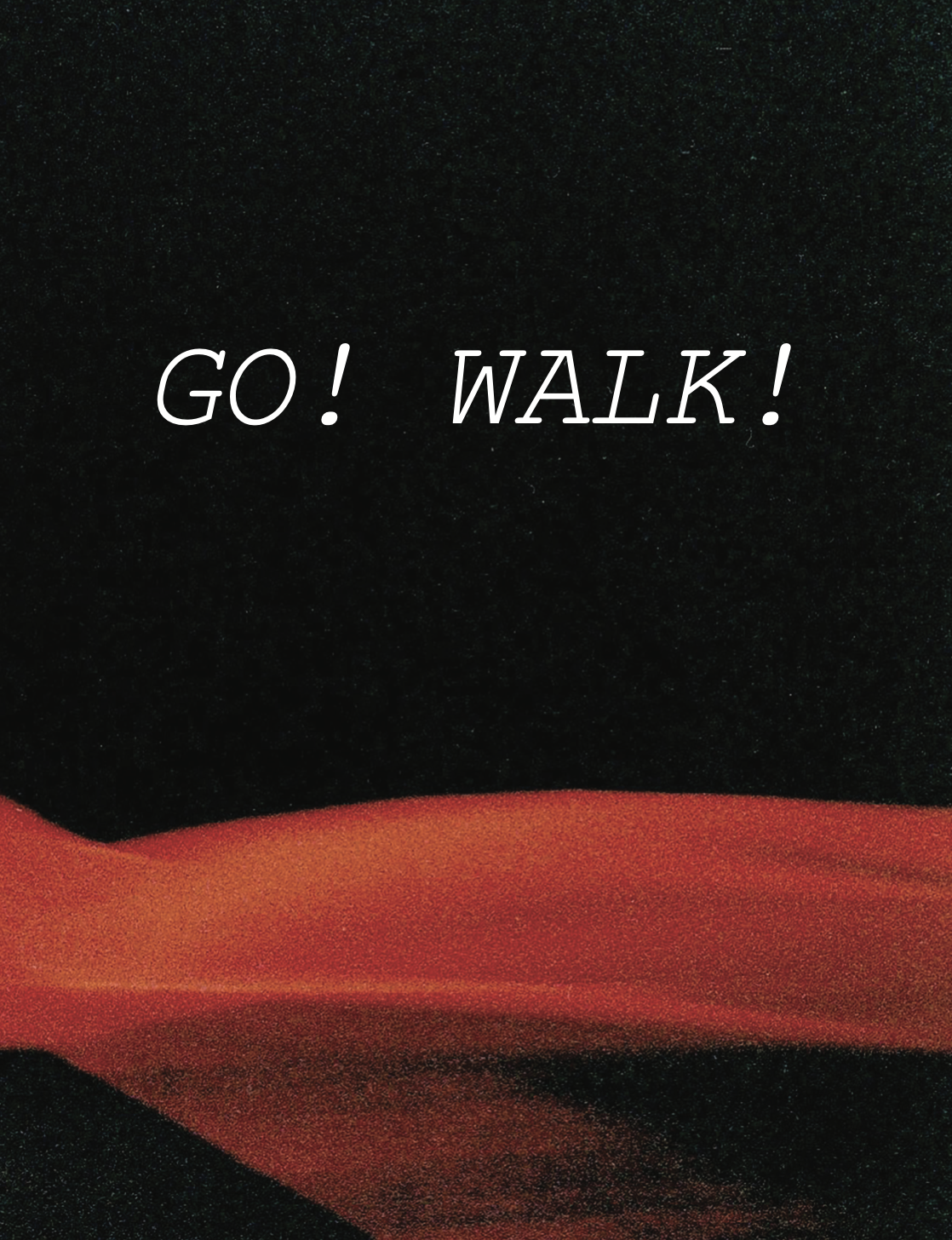Book Launch
〰️ Preorder 〰️
31 Oct 2025 〰️
Book Launch 〰️ Preorder 〰️ 31 Oct 2025 〰️
THEATRE ON THE EDGE
An anthology of six plays by Kinetic Energy Theatre Company’s co-directors Jepke Goudsmit and Graham Jones, selected from their body-of-work created at THE EDGE theatre in Sydney’s Newtown in the period from 1985 until 2001. These pieces reflect the company’s signature laboratory style, a synthesis of disciplines: dance, music, visual art, poetry and drama.
“We see theatre and the arts as powerful agents for inquiry, experimentation, reflection, celebration, healing and change. A cultural ecology essential to human life. We are first and foremost makers, rather than theorists or commentators. In our practice we utilise the powers of intellect, intuition and imagination in equal measure. We align our artistry with that creative spirit which embraces the ancient, the classical and the new, the personal and the universal, the pertinent and the timeless. When you create, you are in a state of inquiry where possibilities form themselves as you go. It is here that you acquire the insights, tools and material needed to transform ideas into actuality. This is a profoundly personal process. One that unlocks the great treasure house of possibility, whose key is found the moment when body, voice and mind are free to work and play in unity.”
Jepke Goudsmit, co-director
The Six Plays
ECCENTRICS
WHO DIES?
WHO LIVES?!
UNDISCOVERED LAND VOYAGE 1&2
GO! WALK!
ECCENTRICS
A puzzle with missing pieces. Inspired by the lives of the lost, the fringe dweller and the misfit, who sow seeds of a life gone by and a life only dreamed of, to grow into a unique world for their groping existence. A surreal jazz musical inspired by 1980’s multicultural Sydney and the elliptical music of the great Thelonious Sphere Monk. The play premiered in 1987.
“…a bit like Samuel Beckett meets Thelonious Monk, and it is a happy encounter. Behind the ‘eccentric’ behaviour of Beckett’s characters is a motivating logic that is pursued as obsessively as any chartered accountant’s. Likewise the cryptic allusions and quantum leaps of Monk’s music are based on a formal system that is positively Newtonian in its logic. Some brilliant conjunctions result. One that stays in the mind is a jive duet between Ruby (Jepke Goudsmit) and Frankie (Graham Jones) on his twinkling feet, to a quartet recording of Monk’s jumping Hackensack.” Gail Brennan, Sydney Morning Herald, 30-10-1989
WHO DIES ?
A re-imagining of Plato’s ‘Myth of the Cave’. A celebration of life. A story of liberation and enlightenment set in a contemporary hospice, where a person experiences a gradual untangling of illusions and shifts towards a new perception of reality. The play premiered in 1990.
“A hospital trolley becomes the centerpiece for an enchanting dance, and wheeled screens cleverly shift time, place, space and character. Death, when it comes, is strangely real yet beautiful and liberating…” John Shand, The Sydney Morning Herald, 17-3-2000
WHO LIVES?!
A contemporisation of the ancient Egyptian papyrus script “Dialogue between a World-weary Man and his Ba (soul)”, delving deeply into the mental health issues and dystopia plaguing our modern day society. A parable of division. A collision between Man and Soul in a time of chaos. A grapple for unity, reconciliation and integration of opposites: Outer-Inner, Society-Nature, Masculine-Feminine, Body-Spirit, You-Me. The play premiered in 1992.
“One of the most haunting theatrical experiences for quite a while - theatre for those who can bear a little more reality than most; for those who enjoy a brush with the timeless moment, a glimpse of eternity and a sense of the stillpoint of the turning world.” Brian Hoad, The Bulletin, 22-6-1993
UNDISCOVERED LAND - VOYAGE 1 & 2
An inquiry into power structures, travelling through reality without the logic of fixed time and space. Two humans caught in the power webs of religion, race and gender, go in search for self-knowledge using regression techniques that enable them to peer into their past, including past lives. Both Voyages start in Sydney at the approach of the millennium change, 2000, but trace very different itineraries: VOYAGE 1 from a man’s point of view, VOYAGE 2 from a woman’s perspective. Each journey is a time warp into an elastic time/space environment, where actors, space and objects are continually transforming. VOYAGE 1 premiered in 1996, VOYAGE 2 in 1997.
“The pair’s intuitive sense of theatre as spectacle and theatre as magic comes to the fore with some unforgettable images. One is of Jones, amid a welter of demanding transitions, using nothing more than a long red ribbon to transform himself into Julia, lock, stock and pigtails. The other is the use of iridescent tennis balls in a complete blackout. The scene in which the balls are all in irrational and independent motion is electrifying, like so many lost souls in the ether. One wonders if there is anything Jones and Goudsmit cannot do. They sing superbly (augmenting Roger Dean’s moody score), dance, act, write and direct.” John Shand reviewing VOYAGE 1, The Sydney Morning Herald, May 12, 2000
“Jones and Goudsmit combine a depth of training and experience in movement and voice with eclectic research. Moliere, for example, or Judaic ritual. Thus they can jump from one scene to another, from one era to another, while maintaining a continuity and fluidity of thought and action. French, Spanish, Latin and Hebrew, spoken and sung, meld with courtly dance, canticle and staff twirling. What emerges is a commentary on the abuse and persecution of women.” Colin Rose reviewing VOYAGE 2, The Sydney Morning Herald, October 21, 1997
“Kinetic Energy Theatre Company show us all over again just what it means to explore. … The pieces mesh dance, music, song and acting, weaving the stories through a complex cut-and-paste process. It is demanding, but ultimately rewarding, thanks to the careful compositional structure that Kinetic Energy displays with all of their work. This is avant-garde theatre without the ‘smoke and mirrors’ techniques that render so many pieces incomprehensible to the uninitiated”. Elizabeth Bentley reviewing VOYAGE 1 & 2, The Drum Media, 16 May, 2000
GO! WALK!
A 1999 metamorphosis of the authors’ 1985 dance poem DONG XI, inspired by Creating, Birthing, Tao, Theatre Making and Chinese Calligraphy. GO! WALK! tells the same story, is ignited by the same themes, but with the wit and lightness of relative distance, breathing afresh with additional layers of meaning and energy.
“The whole work was suffused with a lightness of touch, a love that was clear in the radiance of both performers throughout … I was delighted to see a sophisticated, mature work, effortlessly performed by two experienced and gifted performers, who were now working with a shared and highly developed performance vocabulary.” Peter Snow in “How Performances Endure Over Time”, written for About Performance, 1999





